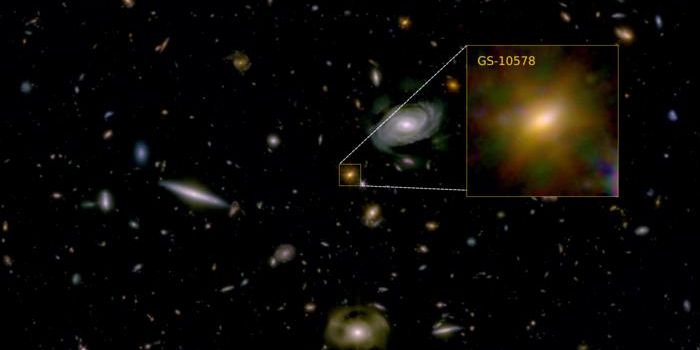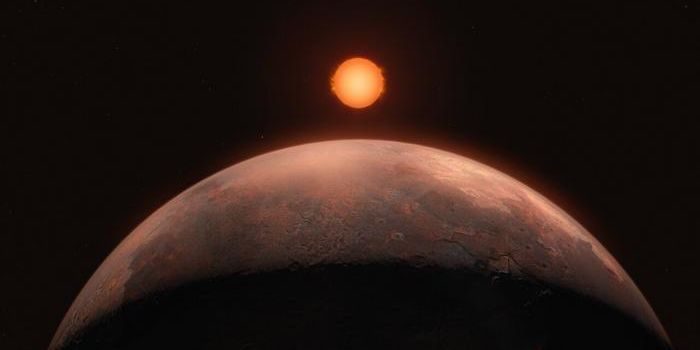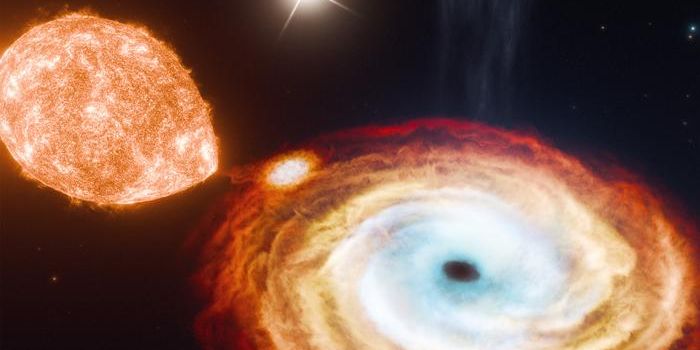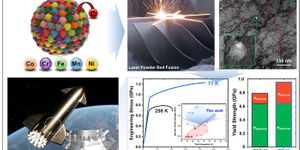Miranda's Hidden Ocean: New Evidence from Uranus' Moon
Could a moon that orbits Uranus billions of miles away have an interior ocean? This is what a recent study published in The Planetary Science Journal hopes to address as a team of researchers investigated if Uranus’ moon, Miranda, could have possessed an interior ocean at some point in its history, which could explain its unique and varied surface, displaying features that appear to have been stretched over time. This study holds the potential to help researchers better understand the formation and evolution of planetary bodies throughout the solar system, specifically bodies orbiting so far from the Sun.
For the study, the researchers used a combination of Voyager 2 images and computer models to ascertain the tidal stress Miranda has experienced while orbiting Uranus, which includes a much more eccentric (oval-shaped) orbit in its past while exhibiting a circular orbit today. After comparing their findings with model predictions, the researchers determined that Miranda might have contained an interior ocean between 100-500 million years ago that was approximately 62 miles (100 kilometers) deep and resided beneath a crust estimated to be only 19 miles (30 kilometers) thick. For context, Miranda is only 292 miles (470 kilometers) in diameter, meaning its alleged interior ocean comprised almost half of Miranda’s mass.
“To find evidence of an ocean inside a small object like Miranda is incredibly surprising,” said Dr. Tom Nordheim, who is a planetary scientist at the Johns Hopkins Applied Physics Laboratory (APL) and a co-author on the study. “It helps build on the story that some of these moons at Uranus may be really interesting — that there may be several ocean worlds around one of the most distant planets in our solar system, which is both exciting and bizarre.”
Image of Miranda obtained by NASA’s Voyager 2 spacecraft in Jan 1986. (Credit: NASA/Jet Propulsion Laboratory-Caltech)
Given Voyager 2 is the only human spacecraft to have visited Uranus and its many moons, this study demonstrates how decades-old images can be used to accomplish cutting-edge science and help us better understand the formation and evolution of solar system bodies, along with how our existence fits into all of it.
What new discoveries will researchers make about Miranda in the coming years and decades? Only time will tell, and this is why we science!
As always, keep doing science & keep looking up!
Sources: The Planetary Science Journal, NASA, Johns Hopkins Applied Physics Laboratory









